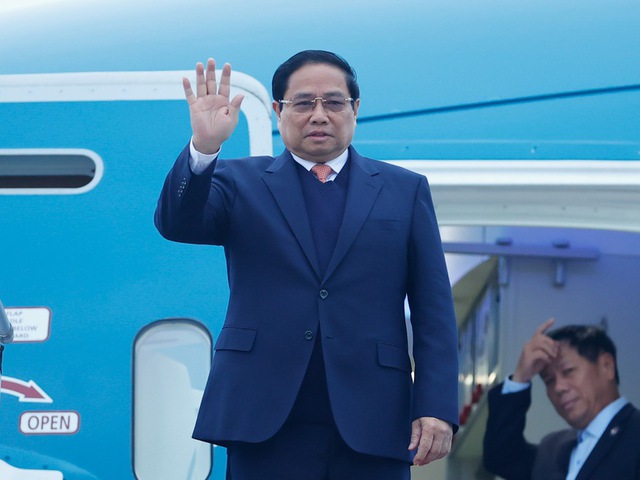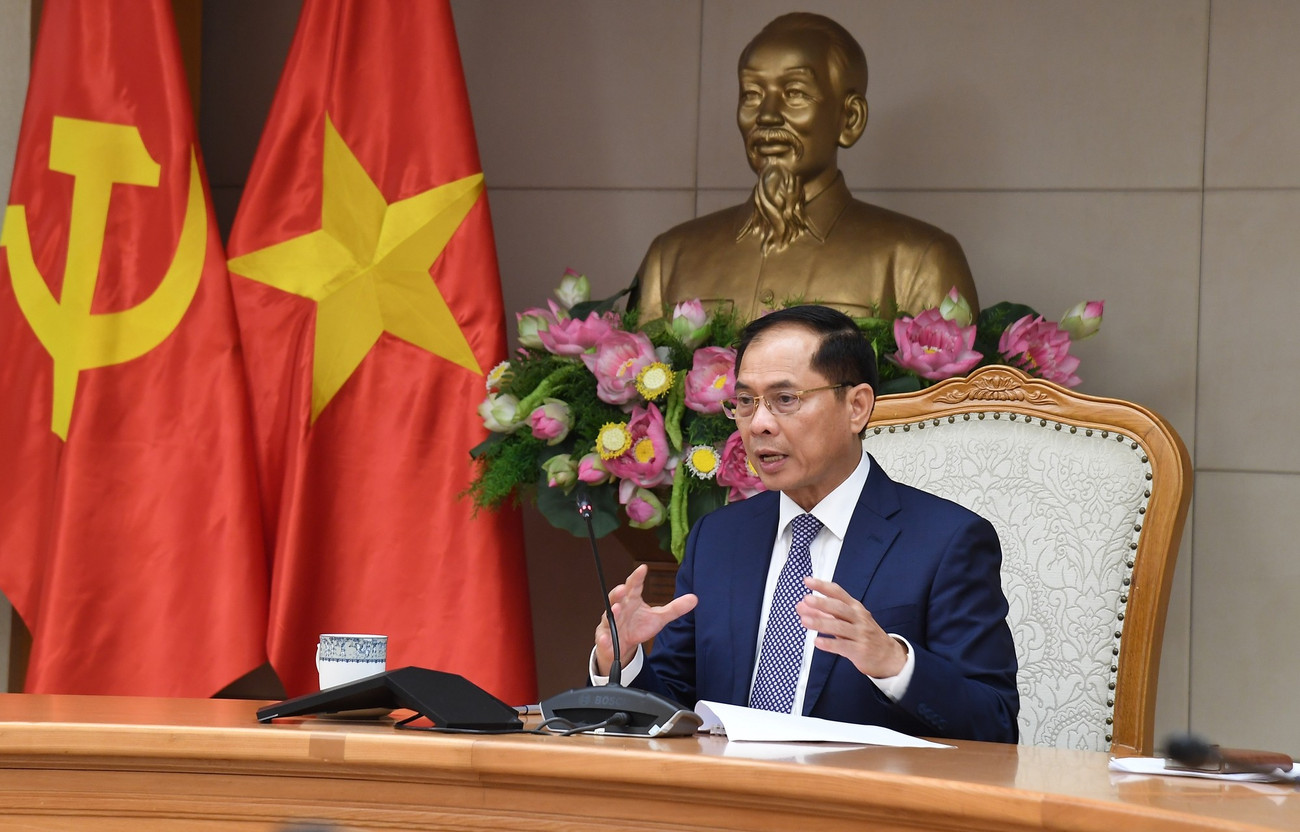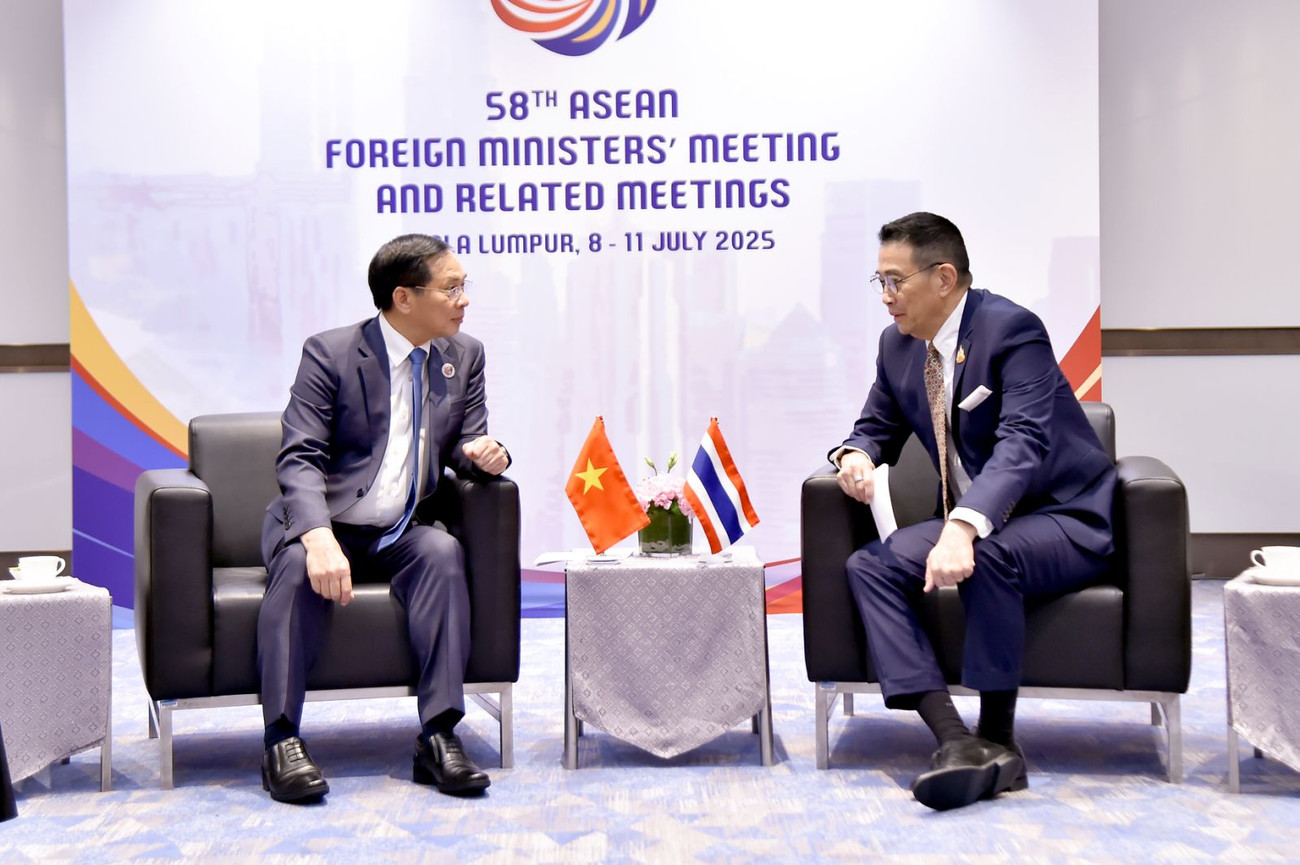MOIT VIETNAM | Driving Trade, Boosting Logistics, and Opening New Gateways for Vietnam and Laos
/ News / Activities
Driving Trade, Boosting Logistics, and Opening New Gateways for Vietnam and Laos
The commissioning of Wharf No. 3 at the Lao–Vietnam International Port is more than a ribbon-cutting ceremony—it is a declaration of intent. Standing tall on Hà Tĩnh’s coastline, this modern maritime facility represents a decisive leap in the province’s journey to become a regional logistics powerhouse. Its deep berths and advanced handling capacity are not just steel and concrete; they are new arteries for the flow of goods, ideas, and opportunities, linking not only Vietnamese markets but also the ambitions of landlocked Laos to the vast waters of the East Sea and beyond.
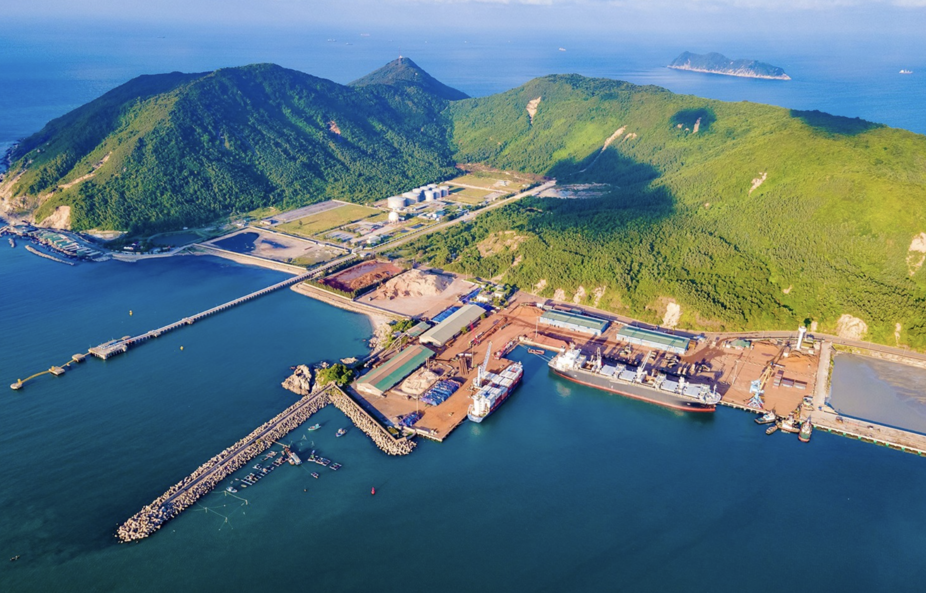
A Ceremony of Symbolism and Strategy
The inauguration took place in late April, a month that resonates deeply with Vietnam’s historical pride. Against the backdrop of fluttering national flags and the rhythmic sounds of the surf, the atmosphere was both solemn and celebratory. In attendance were figures who personify the enduring friendship between Vietnam and Laos: Mr. Thongloun Sisoulith, General Secretary of the Lao People’s Revolutionary Party and President of the Lao PDR, and President Lương Cường of Vietnam, joined by senior leaders from both countries.
Their presence went beyond protocol—it was a public reaffirmation that this port is not merely a Vietnamese achievement, but a shared milestone in a partnership built on decades of trust, mutual support, and a vision for integrated economic growth.
Stretching 225 meters into the blue, Wharf No. 3 is engineered to accommodate cargo ships weighing up to 45,000 deadweight tons (DWT) and boasts an impressive annual throughput of 2.15 million tons. This isn’t just an expansion of port infrastructure—it’s a strategic upgrade designed to meet the surging demand for global trade and to cement Hà Tĩnh’s role in the ASEAN logistics network.
For Laos, a nation without a coastline, Wharf No. 3 opens a long-desired maritime window to the world. It offers faster, more cost-effective access to overseas markets, allowing Lao exports to bypass lengthy overland routes. The port thus becomes both a practical trade solution and a symbol of the country’s deeper integration into regional supply chains.
According to Mr. Nguyễn Anh Tuấn, General Director of the Lao–Vietnam International Port JSC, this achievement is the culmination of decades of operational lessons. Wharf No. 1 has been serving since the late 1990s, and Wharf No. 2 since 2009—both running at full capacity, contributing steadily to local economic growth. The need for a third wharf was not just obvious; it was urgent.
With Wharf No. 3 now in operation, the port complex gains the ability to function as a true regional transshipment hub. This positions Hà Tĩnh as a pivotal point on the Southeast Asian maritime map, capable of facilitating cargo flows not only between Vietnam and Laos but also to and from other regional economies such as Thailand, Malaysia, and Singapore.
Logistics as a Competitive Edge
Mr. Võ Tá Nghĩa, Deputy Director of Hà Tĩnh’s Department of Industry and Trade, emphasizes that the operationalization of Wharf No. 3 is not just about capacity—it’s about competitiveness. Faster customs clearance, shorter delivery times, and lower logistics costs are vital in today’s tight-margin global markets. These efficiencies make local goods more appealing to overseas buyers while attracting manufacturers and traders to set up operations in Hà Tĩnh.
This initiative directly supports Resolution No. 11-NQ/TU, adopted by the Provincial Party Standing Committee in May 2022, which calls for expanding exports in tandem with developing high-quality logistics services between 2021 and 2025, with a long-term vision to 2030. In that sense, Wharf No. 3 is not an isolated project—it is a cornerstone of a carefully crafted provincial strategy.
The Sơn Dương–Vũng Áng port cluster enjoys natural depths ranging from –11 meters to –22 meters, unaffected by siltation—a rare asset that minimizes dredging costs and allows for the reception of larger vessels. This natural advantage has earned Hà Tĩnh’s ports a Class I designation under Vietnam’s national seaport development plan for 2021–2030.
Their mandate goes beyond serving local industries; they are tasked with handling a significant share of transit goods for Laos and northeastern Thailand, making them an indispensable part of the East–West Economic Corridor.

The Vũng Áng Economic Zone: Where Land Meets Sea
At the April 28 inauguration, Mr. Võ Trọng Hải, Chairman of the Hà Tĩnh Provincial People’s Committee, reiterated that the Vũng Áng Economic Zone is the province’s central growth engine. Its pillars—metallurgy, energy, manufacturing, logistics, trade, and maritime services—are all interwoven with the port’s capacity and connectivity.
Wharf No. 3 enhances these foundations, ensuring that goods produced in the region can reach overseas markets swiftly, while imports of raw materials and equipment arrive without bottlenecks. This synergy strengthens Hà Tĩnh’s case as both a production base and a logistics gateway for the entire North Central region.
In 2024, Hà Tĩnh’s ports handled over 34 million tons of cargo. The momentum continued into early 2025, with more than 9.25 million tons processed in the first quarter alone. Major exports include ore, potash, coal, woodchips, steel, and petroleum—commodities that benefit significantly from reduced transport costs and improved turnaround times.
The port network now comprises seven ports with 22 berths, five of which belong to the Vũng Áng–Sơn Dương cluster. This growing capacity ensures that Hà Tĩnh can meet both current and future trade demands.
The Next Chapter: Wharf No. 4
Even as Wharf No. 3 begins its operational life, construction on Wharf No. 4 is nearly complete. Developed by Hoành Sơn Group with an investment of nearly VND 1.5 trillion, this facility will accommodate 40,000 DWT vessels and process 2.3 million tons annually. Over 90% of the project is finished, with berth construction completed and cargo-handling equipment being installed. Operations are slated to begin in 2025, further consolidating the port cluster’s role as a major gateway for regional trade.
Seaports are more than points on a map; they are lifelines of commerce. Their efficiency determines transportation costs, service quality, and the overall competitiveness of a region. Recognizing this, Hà Tĩnh’s provincial master plan for 2021–2030 identifies logistics as one of four breakthrough sectors for economic transformation.
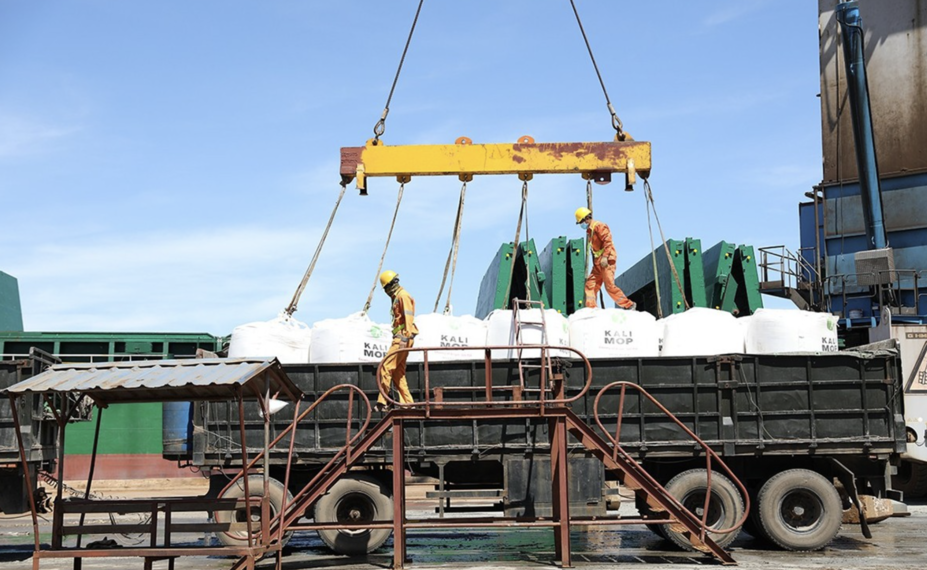
The ultimate vision is ambitious but clear: to position Hà Tĩnh as a central transshipment hub, not only serving the North Central region but also functioning as a vital maritime link for Laos, northeastern Thailand, and the wider ASEAN market. With modern infrastructure, strategic location, and strong political will, the province is well on its way to turning this vision into reality.
-
/ News / Activities
Prime Minister Pham Minh Chinh’s Strategic Visit to Laos Marks New Chapter in Bilateral Relations
Prime Minister Pham Minh Chinh’s official visit to the Lao People’s Democratic Republic and his co-chairmanship of the 47th meeting of the Vietnam–...
-
/ News
Deepening Cooperation, Strengthening Regional Unity
On the afternoon of July 28, 2025, at the Government Headquarters in Hanoi, Deputy Prime Minister and Minister of Foreign Affairs of Vietnam, Mr. B...
-
/ News / Activities
Vietnam and Laos Accelerate Toward Deeper Regional Integration and Unprecedented Trade Growth
In an era where regional connectivity and economic resilience are critical pillars for national development, Vietnam and Laos are emerging as a mod...



